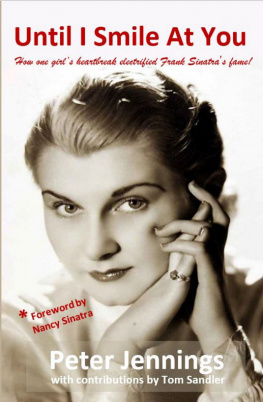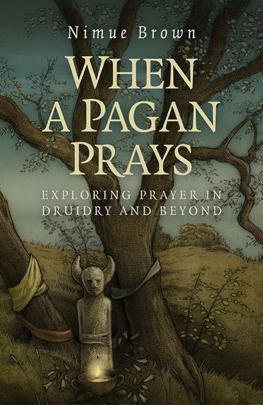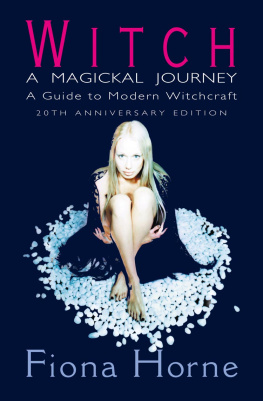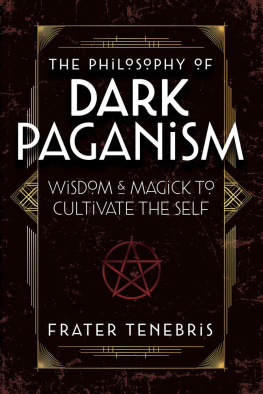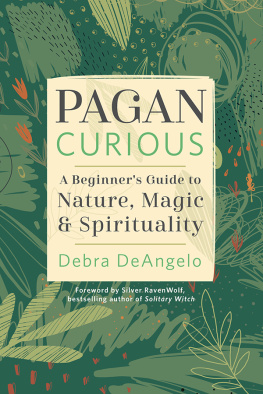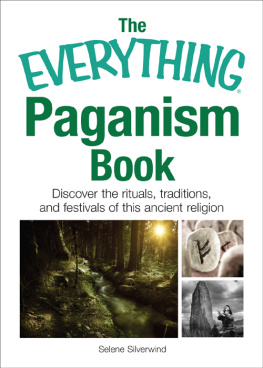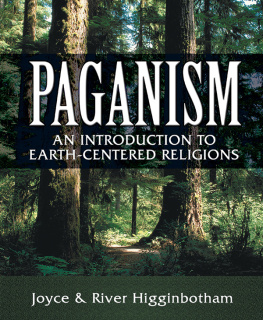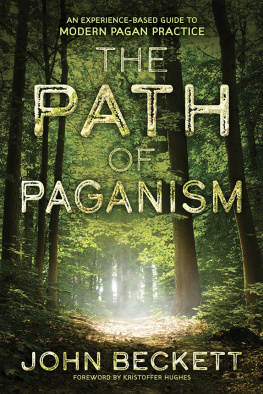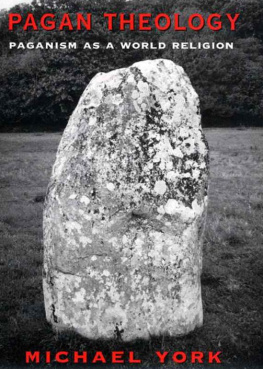Contents
About the Book
Do you ever wonder at the beauty of the universe? Do you feel a deepaffinity with nature? And do you sense that life in all its forms issomehow sacred that there could be more to this existence thanmeets the eye? If the answer is yes, you may be a Pagan at heart.
Paganism is one of the fastest growing movements in the West today, yet ithas its roots in the ancient nature religions of the world. As such, it is acollection of spiritual paths that express their beliefs in subtly differentways, explored in this ground-breaking guide. Discover:
- The natural beliefs and practices of Pagan paths including Wicca,Hedgewitch traditions, Druidry, Shamanism, Asatru, Mystery Groupsand Eclectic Paganism
- The Pagan approach to magic and the significance of sacred sites
- How to lead a Pagan lifestyle annual celebrations and global organisations
- The growing role of Paganism in todays world, fromeco-Paganism to cyber Paganism
Whether you are setting out on a Pagan path for the first time, or have beencommitted to one for many years, this insightful and informative book willoffer you inroads into expressing your own beliefs and understanding thoseof others. Pagan Paths also provides a definitive resource for studentsof comparative religions.
About the Author
Pete Jennings was born in Ipswich, Suffolk, England in 1953. He has enjoyed a varied career and is a fully qualified psychotherapist and counsellor. In what he laughingly refers to as his spare time he presents a folk show for BBC Radio Suffolk, runs ghost tours, lectures at conferences and writes articles, reviews and books. He has been the leader of several local folk and rock bands, with three albums to his credit, and has also been a rock DJ, but gave that all up to work for the Pagan Federation, an international umbrella organisation for Pagan spiritual paths in the UK. After three years as the Pagan Federation Media Manager and another three as the President, he is well placed to have gleaned an intimate knowledge of the ideas and personalities that form the many strands of a complex Pagan community. As a devotee of the Northern Tradition of Paganism, he is the High Gothi of the Odinshof organisation, and runs their correspondence course. He is an Honorary Life Member of both organisations.
He now lives in an Essex village with his wife Sue, along with numerous cats, a dog and rabbit. He is, as he says, determined to get his moneys worth out of life, and aims to grow old disgracefully.
Also by Peter Jennings
Pathworking (with Pete Sawyer), published by Capall Bann, 1993
The Northern Tradition Information Pack,
published by the Pagan Federation, 1996
Supernatural Ipswich, published by Gruff Books, 1997
The Norse Tradition:a beginners guide,
published by Hodder Headway, 1998 (republished as
The Northern Tradition by Capall Bann in 2001)
Gippeswic magazine, editor 19921995
Pagan Paths
A Guide to Wicca, Druidry, Asatru, Shamanism and Other Pagan Practices
Pete Jennings

This book is dedicated to my dear friends Ray and Eric Cowell, as well as all the Pagans who have laughed, cried, celebrated and argued with me. Also those who encouraged, wrote, got drunk, inspired, welcomed, lectured, put me up for the night, got involved, or simply puzzeled me. You are all in here!
P ETE J ENNINGS
List of Figures
Introduction
O goat foot god of Arcady!
The modern world hath need of thee!
(Oscar Wilde)

What is Paganism?
IT HAS BEEN said that if you gather three Pagans together, you get five opinions. Pagans have no absolute source of authority for their spiritual beliefs other than their own conscience and intuition, so have to find their own truths by constantly challenging their own ideas, both privately and in the company of others. That can make it very confusing for an enquirer who wants to find out just what Paganism is. Although no one person can have all the answers (even if there was only one exclusive truth, which there isnt), this book sets out to try to assist that process. Inevitably it will be coloured by my own views, but I hope to provide some wider ranges of opinion by quoting from some of the leading figures within the various paths, and examining the various paths one by one. Although they all have their individual nuances, they also have much in common. Suggestions for practical exercises are included at the end of each chapter, as there are some concepts that are easier to understand by experience than by reading about them.
The Variety of Paths
It is important to realise from the outset that Paganism is a collection of spiritual paths. In the same way that Christianity can include Catholic, Anglican, Baptist, Methodist and Mormon, Paganism can include Traditional, Hereditary, Gardnerian, Alexandrian, Seax, Progressive, Eclectic Wicca, Hedgewitches, Druidry, Asatru and Shamanism, as well as Male and Female Mystery groups. This book explores each of these distinct forms, their subsets and developments. All forms share some common principles, but each has its own individual interpretation of those principles. In general, most Pagans get on well with each other, believing that they have more in common than things that divide them. Well-known Witch and author Teresa Moorey says:
Pagan paths offer ways of rediscovering our mystic heritage and of worshipping without being required to have literal beliefs and lists of rules. Pagans happily acknowledge their unrestrained love of life and its pleasures, but they also undertake responsibility for themselves, humanity and the earth. (Moorey, 1996)
Inevitably, there are always a few who see attacks on ideas as attacks on the person who holds those ideas. Consequently, as in other religions, there have developed several sub-divisions of groupings. Because of the nature of Paganism, people drawn to it tend to be in general strong individuals, capable of thinking for themselves and expressing their opinions. Furthermore, it attracts people who by nature challenge authority. Such a collection of people is not easily led, and when I took over the Presidency of the Pagan Federation (an umbrella organisation for all types of Pagan throughout Europe) I was advised, Its like herding cats!
Ethics
Because of the wide-ranging nature of Paganism, the Pagan Federation had to come up with some agreed principles that everyone (whatever their individual Pagan beliefs) could agree upon. These Three Principles have been reworded and have had minor alterations made to them over the last 30 years, but have become accepted as a reasonable expression of group feeling by most UK Pagans, as well as those of other countries. I think it is worth quoting them in full:
- Love for and Kinship with Nature. Reverence for the life force and its ever-renewing cycles of life and death.
- A Positive Morality, in which the individual is responsible for the discovery and development of their true nature in harmony with the outer world and community. This is often expressed as: Do what you will, as long as it harms none.
- Recognition of the Divine, which transcends gender, acknowledging both the female and male aspects of Deity.
Next page


